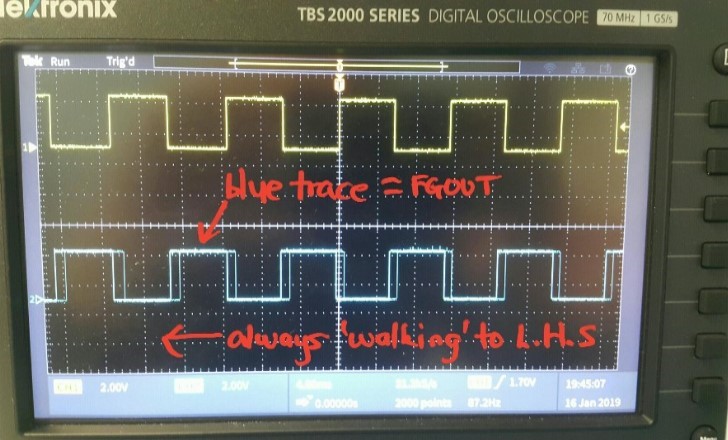Hi Everyone,
I am using the DRV8308 to drive a 77W Brushless DC motor. It is working quite well at the moment in "clock frequency mode". However, I'm suffering one minor glitch.
Whenever I bring the motor to a stop, I do so by bringing my clock close to 0Hz, and then disabling the clock peripheral on my microcontroller (TIM_Cmd(CL_PWM_TIMx, DISABLE);). When I do this, the motor does stop, but "sticks" for a fraction of a second afterwards.
It's almost as if chip is taking a moment to come to the realization that the clock has finally stopped.
Pulling the ENABLE line low fixes this, but I need to read FGOUT so this is not an option for me. Is there another register setting or GPIO that can be used to stop the "sticking"? Is it a well-known issue?
Thanks for your help!
Andrew




